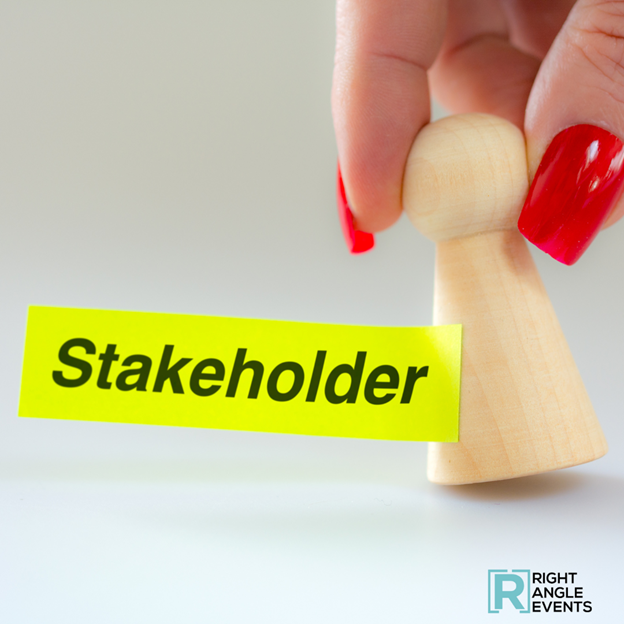Organising an event, whether for a corporate or not-for-profit purpose, involves more than just securing a venue and sending out invitations. Effective stakeholder communication is a critical yet often overlooked aspect that contributes to a smooth and successful event. In Australia, where events range from local gatherings to international conferences, understanding how to engage stakeholders ensures compliance, cooperation, and the success of your event.
Identifying Your Stakeholders
The foundation of effective stakeholder engagement is thorough identification. Stakeholders are individuals, groups, or organisations with an interest in or impact from your event. Key stakeholders may include:
- Local government authorities
- Emergency services
- Nearby residents and businesses
- Sponsors and partners
- Vendors and suppliers
Categorising stakeholders by influence and interest allows you to tailor notifications, ensuring that each group receives relevant information suited to their role.
Understanding Stakeholder Interests and Concerns
For event planners, understanding the specific concerns of each stakeholder group is essential for building rapport. For example, local authorities may prioritise public safety and regulatory compliance, while sponsors focus on the event’s reach and brand impact. Surveys, interviews, or direct conversations can help you gather insights into what matters most to each group, creating a foundation for effective, considerate communication.
Crafting the Notification Message
The notification message should be clear, concise, and tailored to the stakeholder’s needs. The tone should reflect professionalism and respect for the stakeholder’s interests. Include the following information:
- Event purpose and scope
- Potential impacts (e.g., traffic disruptions, noise levels)
- Mitigation measures for any adverse effects
- Contact information for questions or follow-up
A well-crafted message helps stakeholders understand your event’s impact and your proactive approach to addressing their concerns.
Choosing the Right Channels for Notification
Different stakeholders prefer different communication channels. For instance, formal memos may be more appropriate for government officials, while email may suffice for vendors. Selecting the right channels enhances message clarity and ensures stakeholders receive and acknowledge your communication. Effective channels include:
- Formal letters or memos
- Email communications
- Direct phone calls
- Public notices for the wider community
Tailoring the delivery method ensures that each stakeholder group receives information in a format that suits their preferences and role.
Timing and Follow-up of Notifications
Sending notifications well in advance is essential, with the timeline varying based on event size and scale. Following up is equally important – confirming receipt and addressing any feedback helps maintain transparency and trust. Keeping a log of all communications can be invaluable for tracking responses and maintaining records for future reference.
Documenting Compliance and Feedback
Maintaining detailed records is both a best practice and, often, a requirement. Document the following:
- Dates of notifications sent
- Stakeholder responses
- Adjustments made to the event plan based on feedback
These records are helpful in case of disputes and for future event planning, as they show a track record of thorough stakeholder engagement.
FAQs on Stakeholder Notification for Event Planning
We’ve compiled a few of the most frequently asked questions in relation to stakeholder notifications below. If you have further questions or specific enquiries, please don’t hesitate to reach out!
Q1: How far in advance should I notify stakeholders of an event?
The notification timeline depends on the event’s size and impact. Larger events typically require several months’ notice, while smaller events may only need a few weeks’ notice.
Q2: What should I do if a stakeholder does not respond to my notification?
Follow up using an alternative method, such as a phone call or personal meeting, and document each attempt.
Q3: Is it necessary to customise communication for every stakeholder?
Yes, customised communication ensures that each stakeholder’s specific concerns and needs are addressed, fostering trust and cooperation.
Ensuring a Smooth Stakeholder Notification Process
Effective stakeholder notification involves careful planning, clear communication, and thorough documentation. By identifying stakeholders, understanding their needs, and selecting the right communication channels, event planners can build trust and foster supportive relationships. This thoughtful approach not only ensures a smoother event experience but also strengthens credibility for future events.
Looking to streamline your event planning process? Download our free Event Planning Guide for all the essentials. If you’re ready to bring your event vision to life, contact us today and let us help you create a memorable experience!
